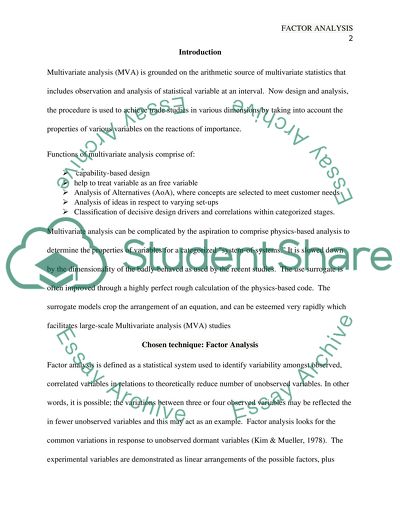Cite this document
(“Factor Analysis: Statistics Research Paper Example | Topics and Well Written Essays - 2750 words”, n.d.)
Retrieved from https://studentshare.org/statistics/1402336-factor-analysis
Retrieved from https://studentshare.org/statistics/1402336-factor-analysis
(Factor Analysis: Statistics Research Paper Example | Topics and Well Written Essays - 2750 Words)
https://studentshare.org/statistics/1402336-factor-analysis.
https://studentshare.org/statistics/1402336-factor-analysis.
“Factor Analysis: Statistics Research Paper Example | Topics and Well Written Essays - 2750 Words”, n.d. https://studentshare.org/statistics/1402336-factor-analysis.


